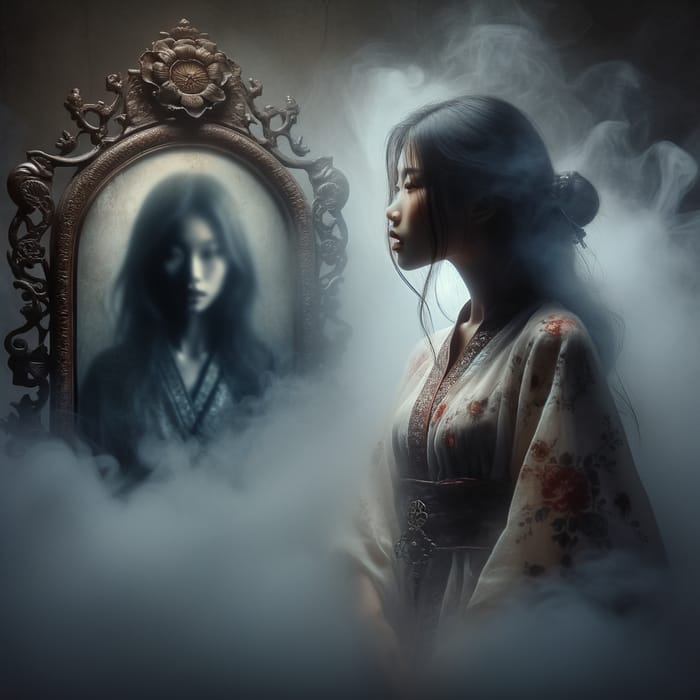Buffalo Calf Road Woman was born in 1844 to the Native American Cheyenne tribe. She grew up within the tension of constant conflict with the American government. The Sand Creek massacre of 1864 that indiscriminately killed men, women, and children, with no regard to gender or age, had inspired some Native American women to become warriors. Buffalo Calf Road Woman is said to be among these women.
In 1870 Gen. George Custer had found gold in the Black Hills, the Cheyenne's home. The American need to colonize kickstarted the Great Sioux War. In June of 1876, Crook rested in the Rosebud valley on a search for Rosebud villages. Earlier that year, Crook's men had burned a Cheyenne village. Not wanting to face the same fate, Cheyenne and Lakota warriors attacked Crook's troops at the Rosebud. In an incident preserved by eyewitnesses and oral tradition, American soldiers shot the horse carrying a Cheyenne warrior named Comes in Sight. The man ran from the enemy soldiers on foot. Then came Buffalo Calf Road Woman. Amid a shower of arrows and bullets, she helped her brother cling to her horse and carried him to safety. These heroics enlivened the Cheyenne, who fought hard and defeated General Crook and his men.
This conflict would come to be known by the U.S. government as The Battle of the Rosebud. The Cheyenne called it The Fight Where the Girl Saved Her Brother.
Just a few days later, in the battle of Little Bighorn, Buffalo Calf Road Woman knocked Custer off his horse with a club. Director of Tribal Services Wallace Bearchum reports that Buffalo Calf Road Woman, along with other Cheyenne and Sioux women "finished off Custer and the other Calvary soldiers right after battle was over."
The Battle of Little BIghorn was a momentary victory for the Lakota and Cheyenne, marking the peak of Native American power in the 19th century. However, while they won this battle, it led to their loss in the greater war. Custer's defeat became a national rallying point for the United States to pressure native peoples onto reservations.

Buffalo Calf Road Woman bravely inspired her tribesmen to victory in The Battle of the Rosebud and changed the course of history in the Battle of the Little Bighorn, but her role is excluded from the American version of history. As a Native American, her story was to be changed, and as a Native American woman, her story was to be forgotten. Even the existence of female warriors is untold, let alone their crucial role in defeating Custer's men in the most important battle between Native Americans and the U.S. force.
Only two Native American narratives exist from this period, and both of them are by men. Rosemary and Joseph Agonito write, "Anthropologists and historians who interviewed Plains Indians seldom spoke with women or showed interest in them beyond domestic roles."
The Native American Women's narrative from this period may never be known, but from what we do know, we must honor.